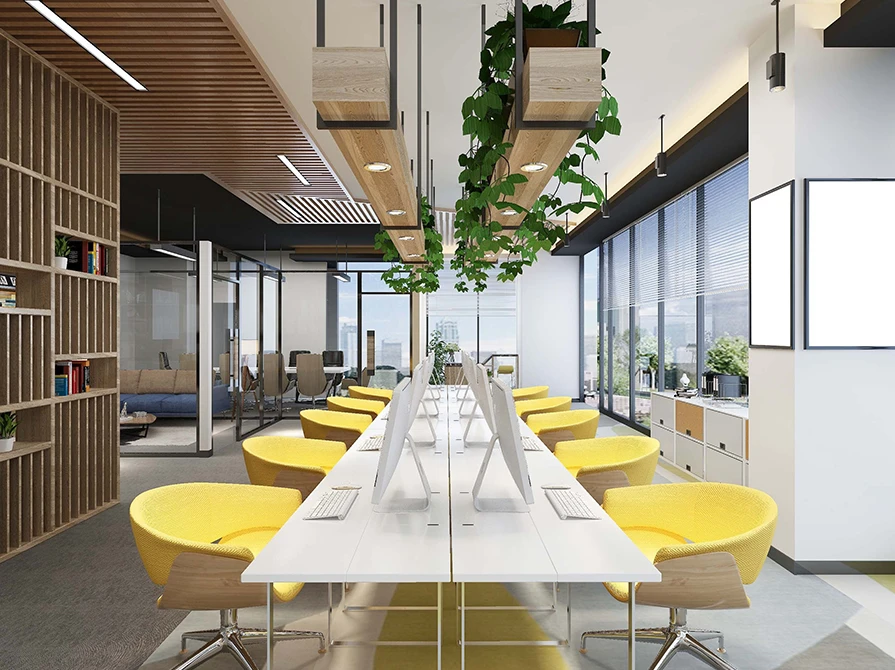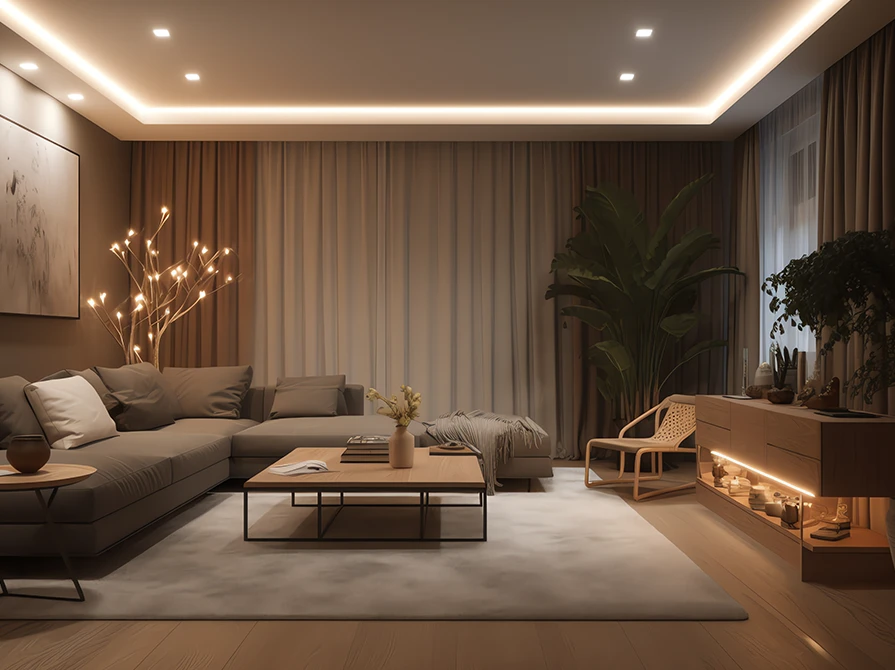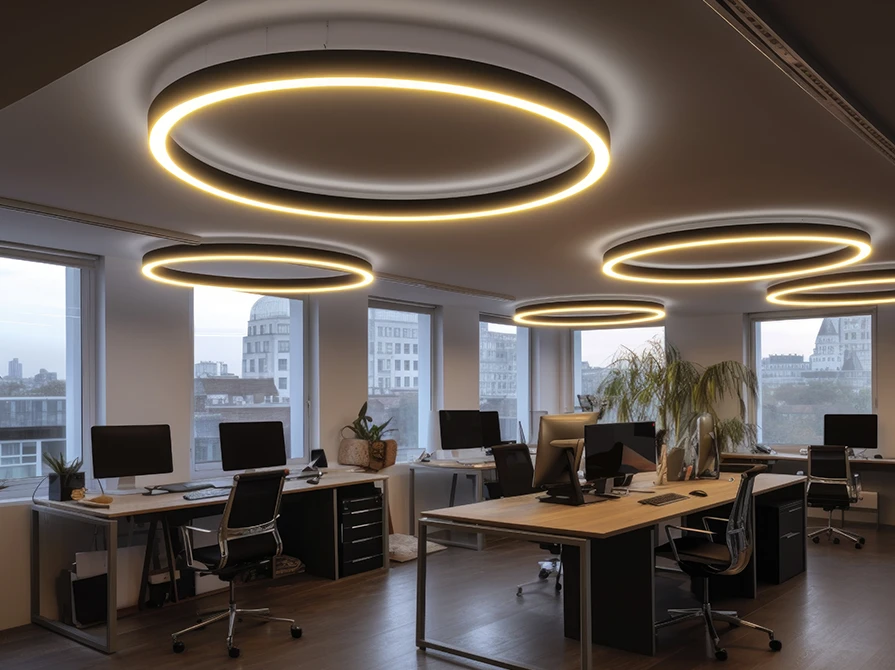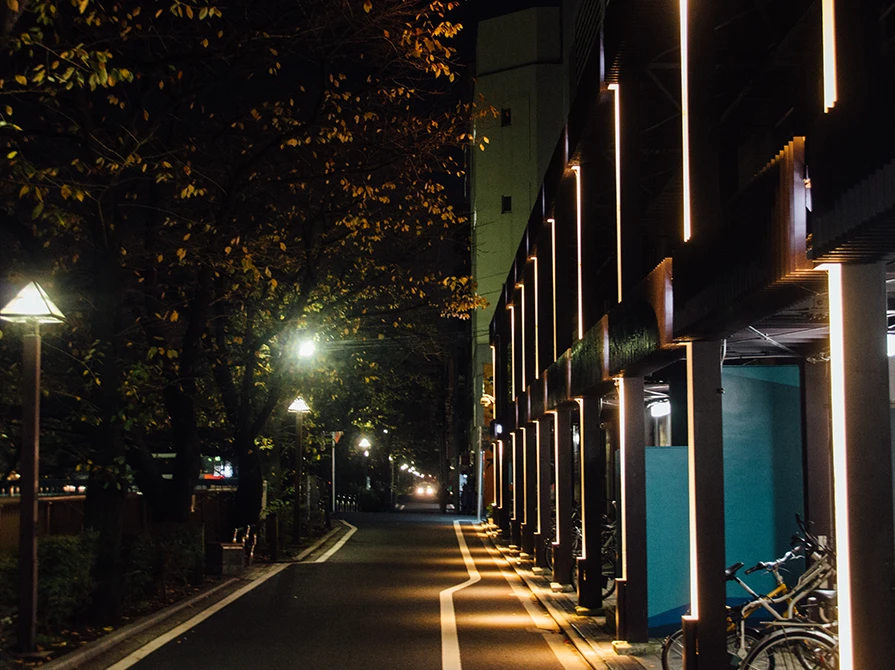


In the modern world, we spend an overwhelming amount of time indoors. From offices to homes, schools to healthcare facilities, these indoor environments are typically illuminated by artificial light. While light has often been viewed simply as a functional element that allows us to see and work, scientific research has shifted our understanding of light to something much more profound: light acts as a nutrient for human health. Human-centric lighting, a design concept that mimics natural daylight patterns, seeks to align indoor lighting with our body’s biological needs, enhancing well-being and performance.
This blog delves into how human-centric lighting harnesses the power of light to support the body’s natural rhythms, and why it’s essential to approach lighting as a fundamental contributor to health, comfort, and productivity in indoor spaces.
At the core of human-centric lighting is its focus on supporting our circadian rhythms — the natural biological processes that regulate sleep, wakefulness, and a host of other physiological functions. These rhythms are heavily influenced by light, particularly by the cycles of daylight that have guided human evolution. Exposure to natural light triggers the production of serotonin, a hormone that helps us stay awake and alert. As evening approaches and light levels decrease, melatonin production ramps up, signalling that it’s time for sleep.
However, in today’s world, our exposure to natural light is often limited, especially for those who work long hours in offices or live in urban environments. Poorly designed indoor lighting can disrupt circadian rhythms, leading to poor sleep, mood disturbances, and even long-term health problems. Human-centric lighting addresses this issue by adjusting artificial light to simulate natural daylight patterns, providing the right intensity and color temperature of light throughout the day.
Indoor lighting has a profound impact on our overall health. Poor lighting, particularly in spaces where we spend long periods of time, can lead to a variety of issues, including eye strain, headaches, and fatigue.
Studies have shown that individuals who are exposed to appropriate lighting conditions report better overall mental well-being, with improved mood and reduced levels of stress. Conversely, exposure to inadequate lighting — either too dim, too harsh, or inconsistent — has been linked to increased feelings of anxiety and depression. This is particularly significant in settings like hospitals and elder care facilities, where patients' mental and emotional well-being is critical to recovery.
Human-centric lighting solutions seek to mitigate these negative effects by providing the right lighting environment for any given space. By adjusting light intensity and color temperature based on the time of day, human-centric lighting improves comfort and reduces stress, promoting a healthier indoor experience.
Human-centric lighting isn’t one-size-fits-all. Different environments require different lighting solutions to meet the unique needs of their inhabitants. Here’s how human-centric lighting can be applied to various indoor spaces:
Wipro Lighting has been at the forefront of the human-centric lighting revolution, developing advanced systems that adapt to the needs of different environments. Wipro’s human-centric lighting solutions are designed to optimize health, comfort, and performance by simulating natural light patterns and adjusting light intensity and color temperature in real-time.
As our understanding of the relationship between light and health continues to evolve, human-centric lighting is expected to become a standard feature in homes, offices, schools, and healthcare facilities. The integration of IoT and AI technology will allow for more personalized lighting solutions, adapting to the needs of individuals in real-time.
Wipro Lighting is leading this evolution with innovative systems that go beyond illumination, offering solutions that integrate lighting with space management, energy efficiency, and environmental sustainability. As more businesses and institutions recognize the importance of treating light as a nutrient, human-centric lighting will play a critical role in creating healthier, more productive indoor environments.
Human-centric lighting offers a revolutionary approach to indoor illumination by treating light as a nutrient that supports human health and well-being. By mimicking the natural cycles of daylight, human-centric lighting systems help regulate circadian rhythms, reduce stress, and enhance productivity. With Wipro Lighting’s advanced human-centric solutions, businesses and institutions can create healthier, more comfortable environments while also contributing to sustainability goals. Get in touch with us to know more about how indoor lighting solutions can enhance the well-being of individuals.







